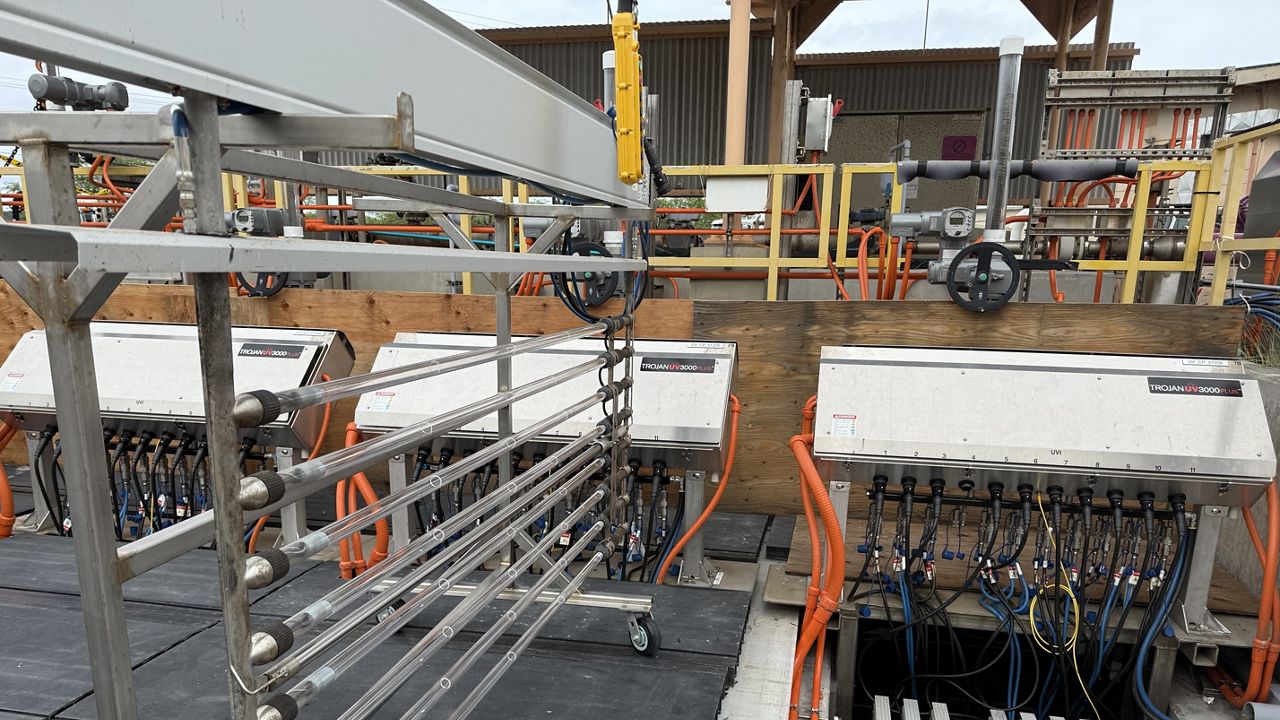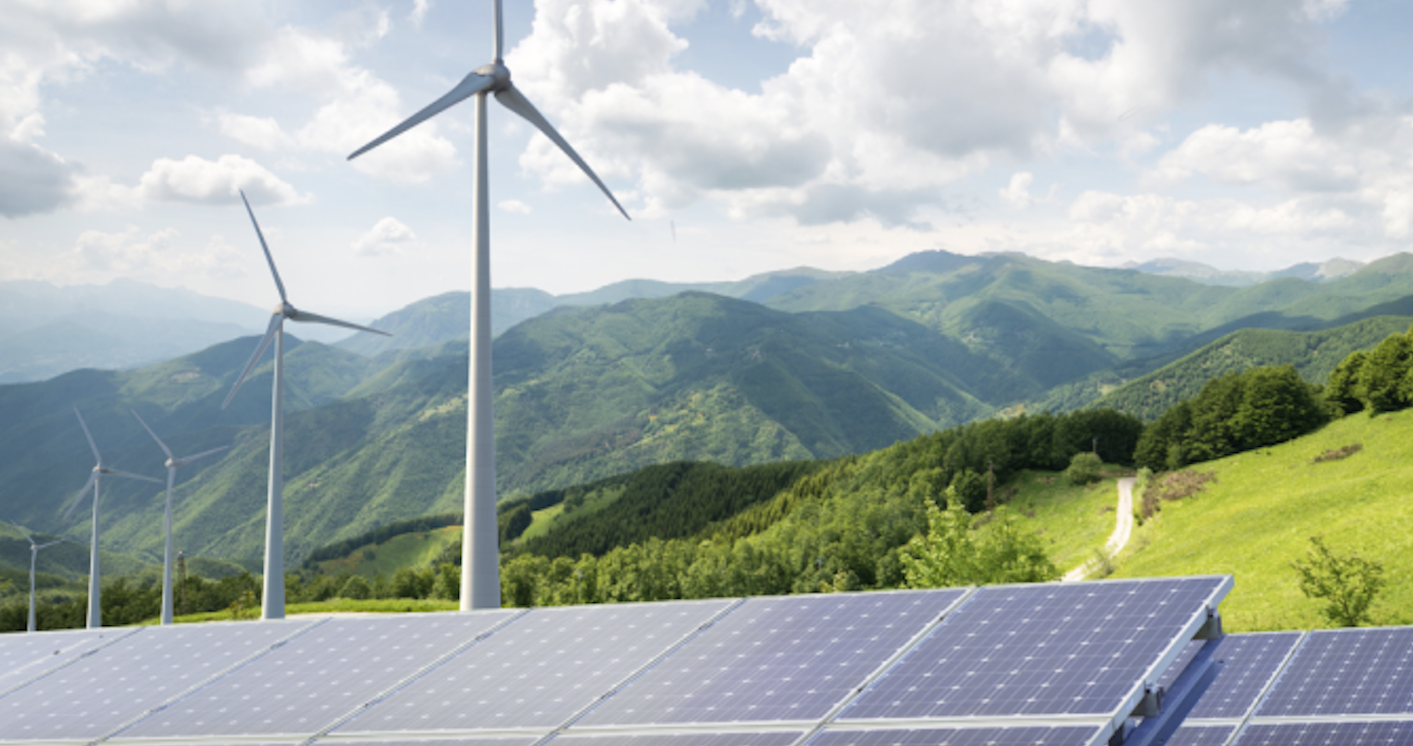The AI Boom Could Use a Shocking Amount of Electricity
Data centers currently consume 1-1.5% of global electricity, and AI's rapid growth could increase this. A study estimates that if trends continue, 1.5 million AI server units, like those from NVIDIA, shipped yearly by 2027 would consume 85.4 terawatt-hours, more than some countries. This energy-intensive AI use needs more attention to sustainability, and regulators might require energy use disclosures from AI developers for transparency and environmental considerations. Balancing AI adoption with environmental sustainability is crucial.

Every online interaction relies on a scaffolding of information stored in remote servers—and those machines, stacked together in data centers worldwide, require a lot of energy. Around the globe, data centers currently account for about 1 to 1.5 percent of global electricity use, according to the International Energy Agency. And the world’s still-exploding boom in artificial intelligence could drive that number up a lot—and fast.
Researchers have been raising general alarms about AI’s hefty energy requirements over the past few months. But a peer-reviewed analysis published this week in Joule is one of the first to quantify the demand that is quickly materializing. A continuation of the current trends in AI capacity and adoption are set to lead to NVIDIA shipping 1.5 million AI server units per year by 2027. These 1.5 million servers, running at full capacity, would consume at least 85.4 terawatt-hours of electricity annually—more than what many small countries use in a year, according to the new assessment.
The analysis was conducted by Alex de Vries, a data scientist at the central bank of the Netherlands and a Ph.D. candidate at Vrije University Amsterdam, where he studies the energy costs of emerging technologies. Earlier de Vries gained prominence for sounding the alarm on the enormous energy costs of cryptocurrency mining and transactions. Now he has turned his attention to the latest tech fad. Scientific American spoke with him about AI’s shocking appetite for electricity.
[An edited and condensed transcript of the interview follows.]
Why do you think it’s important to examine the energy consumption of artificial intelligence?
Because AI is energy-intensive. I put one example of this in my research article: I highlighted that if you were to fully turn Google’s search engine into something like ChatGPT, and everyone used it that way—so you would have nine billion chatbot interactions instead of nine billion regular searches per day—then the energy use of Google would spike. Google would need as much power as Ireland just to run its search engine.
Now, it’s not going to happen like that because Google would also have to invest $100 billion in hardware to make that possible. And even if [the company] had the money to invest, the supply chain couldn’t deliver all those servers right away. But I still think it’s useful to illustrate that if you’re going to be using generative AI in applications [such as a search engine], that has the potential to make every online interaction much more resource-heavy.
I think it’s healthy to at least include sustainability when we talk about the risk of AI. When we talk about the potential risk of errors, the unknowns of the black box, or AI discrimination bias, we should be including sustainability as a risk factor as well. I hope that my article will at least encourage the thought process in that direction. If we’re going to be using AI, is it going to help? Can we do it in a responsible way? Do we really need to be using this technology in the first place? What is it that an end user wants and needs, and how do we best help them? If AI is part of that solution, okay, go ahead. But if it’s not, then don’t put it in.
What parts of AI’s processes are using all that energy?
You generally have two big phases when it comes to AI. One is a training phase, which is where you’re setting up and getting the model to teach itself how to behave. And then you have an inference phase, where you just put the model into a live operation and start feeding it prompts so it can produce original responses. Both phases are very energy-intensive, and we don’t really know what the energy ratio there is. Historically, with Google, the balance was 60 percent inference, 40 percent training. But then with ChatGPT that kind of broke down—because training ChatGPT took comparatively very little energy consumption, compared with applying the model.
It’s dependent on a lot of factors, such as how much data are included in these models. I mean, these large language models that ChatGPT is powered by are notorious for using huge data sets and having billions of parameters. And of course, making these models larger is a factor that contributes to them just needing more power—but it is also how companies make their models more robust.
What are some of the other variables to consider when thinking about AI energy usage?
Cooling is not included in my article, but if there were any data to go on, it would have been. A big unknown is where those servers are going to end up. That matters a whole lot, because if they’re at Google, then the additional cooling energy use is going to be somewhere in the range of a 10 percent increase. But global data centers, on average, will add 50 percent to the energy cost just to keep the machines cool. There are data centers that perform even worse than that.
What type of hardware you’re using also matters. The latest servers are more efficient than older ones. What you’re going to be using the AI technology for matters, too. The more complicated a request, and the longer the servers are working to fulfill it, the more power is consumed.
In your assessment, you outline a few different energy-use scenarios from worst- to best-case. Which is the most likely?
In the worst-case scenario, if we decide we’re going to do everything on AI, then every data center is going to experience effectively a 10-fold increase in energy consumption. That would be a massive explosion in global electricity consumption because data centers, not including cryptocurrency mining, are already responsible for consuming about 1 percent of global electricity. Now, again, that’s not going to happen—that’s not realistic at all. It’s a useful example to illustrate that AI is very energy-intensive.
On the opposite end, you have this idea of no growth—zero. You have people saying that the growth in demand will be completely offset by improving efficiency, but that’s a very optimistic take that doesn’t include what we understand about demand and efficiency. Every time a major new technology makes a process more efficient, it actually leads to more people demanding whatever is being produced. Efficiency boosts demand, so boosting efficiency is not really saving energy in the end.
What do I think is the most likely path going forward? I think the answer is that there’s going to be a growth in AI-related electricity consumption. At least initially, it’s going to be somewhat slow. But there’s the possibility that it accelerates in a couple of years as server production increases. Knowing this gives us some time to think about what we’re doing.
What additional research or other steps might be needed?
We need a higher quality of data. We need to know where these servers are going. We need to know the source of the energy itself. Carbon emissions are the real numbers that we care about when it comes to environmental impact. Energy demand is one thing, but is it coming from renewables? Is it coming from fossil fuels?
Maybe regulators should start requiring energy use disclosures from AI developers because there’s just very little information to go on. It was really hard to do this analysis—anyone who is trying to work on AI at the moment is facing the same challenges, where information is limited. I think it would help if there was more transparency. And if that transparency doesn’t come naturally, which it hasn’t so far, then we should think about giving it a little bit of a push.
What is Your Reaction?
 Like
1
Like
1
 Dislike
0
Dislike
0
 Love
0
Love
0
 Funny
0
Funny
0
 Angry
0
Angry
0
 Sad
0
Sad
0
 Wow
0
Wow
0









































































